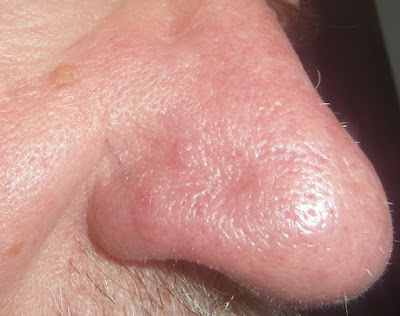This blog may help people explore some of the 'hidden' issues involved in certain media treatments of environmental and scientific issues. Using personal digital images, it's also intended to emphasise seasonal (and other) changes in natural history of the Swansea (South Wales) area. The material should help participants in field-based modules and people generally interested in the natural world. The views are wholly those of the author.
Wednesday, 15 December 2021
Omicron and the Human Respiratory System
The human respiratory system is complex. Air flow involves muscular movements of the diaphragm and ribs, changing the volume of the pleural cavity (a space) around the lungs. When the cavity volume increases, the lungs can inflate, pulling air in. When the pleural cavity constricts, the lungs deflate, pushing air out. In inspiration (breathing in), air is moved from the nose and mouth, to a wide tracheal tube in the neck. The trachea, splits into two smaller bronchial tubes. One goes to the left and one to the right lung. The lungs are infiltrated by progressively smaller tubes (bronchioles). The bronchioles terminate in millions of tiny sacs (alveoli), where gas exchange occurs. The process is reversed in expiration (breathing out). Aerosols containing Sars-CoV-2 virus, from infected people, are sucked into the respiratory system by inspiration. If we have a viral infection, we can transmit it as we breathe out, cough, talk or sing. Scientists have been interested, to learn where the Sars-CoV-2 virus develops in the human respiratory system. They have also wondered whether the various viral variants behave differently in sections of the respiratory tract. An online paper (meaning it has not yet been peer reviewed) from the University of Hong Kong, has found that the Omicron variant grows 70 times more quickly in bronchial tissue but 10 times slower in the lungs than does its Delta counterpart (https://www.theguardian.com/world/2021/dec/15/omicron-found-to-grow-70-times-faster-than-delta-in-bronchial-tissue). This accelerated growth of the Omicron variant in bronchial tissue may account for its very rapid and impressive transmission. This viral variant soon reaches a critical load to be projected into the atmosphere. The slower rate of development in the lungs doesn't, however, mean that infections will be 'milder'. The actual response to the virus depends on what the immune system does. All the current indications are, that Omicron is going to be a highly significant threat.
Subscribe to:
Post Comments (Atom)
-
I n the UK and US, a pparently popular and successful vegan/vegetarian restaurants are reportedly closing or adding meat to their menus ( ...
-
Early ripening fruit may seem convenient but some folk think it confirms environmental stress. There's also a possibility th...


%20mating%20NWCW.jpg)


No comments:
Post a Comment